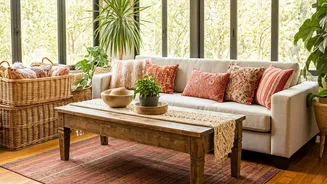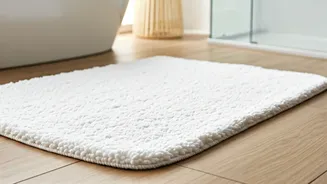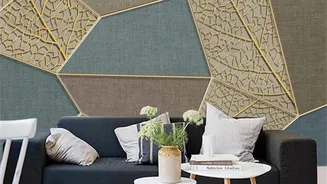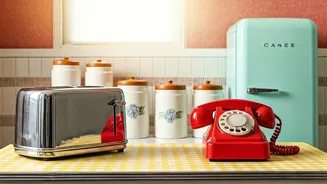Prioritizing Softness and Comfort
When selecting a bath rug, the sensation underfoot is of paramount importance. Softness doesn't just feel good; it contributes to the overall tranquility
of your bathroom. Memory foam bath rugs, for example, are known for their plush feel, conforming to your feet and providing a cloud-like experience. This level of comfort transforms a mundane routine into a spa-like indulgence. Consider the materials used, like microfiber or plush cotton, known for their exceptional softness. The density of the fibers also affects the feel; higher GSM (grams per square meter) indicates a denser, plusher rug. Think about the feeling of stepping out of a warm shower onto a soft, welcoming surface – this is the essence of a great bath rug.
Safety: The Anti-Slip Feature
Safety should be a non-negotiable factor. An anti-slip bath rug significantly reduces the risk of slips and falls, particularly in a wet environment. Look for rugs with a non-slip backing, typically made of rubber or silicone. This backing grips the floor, preventing the rug from sliding, even on smooth tile. This feature is especially crucial for households with children, elderly individuals, or anyone prone to slips. Regularly check the condition of the backing to ensure it remains effective. A well-placed and secure bath rug provides peace of mind, transforming your bathroom into a safer and more user-friendly space.
Absorption for Functionality
The primary function of a bath rug, besides comfort, is to absorb water. A highly absorbent rug quickly soaks up moisture, preventing puddles on the floor and reducing the risk of water damage or mold growth. High GSM rugs often excel in absorption due to their denser fibers. Materials like cotton and microfiber are excellent choices for their ability to wick away water. Evaluate how quickly the rug dries; a rug that dries quickly minimizes the chances of mildew and keeps the bathroom smelling fresh. Consider the rug's placement; a rug near the shower or bathtub will bear the brunt of the water exposure, so prioritize absorbency in these areas. The right level of absorption contributes to a cleaner and healthier bathroom environment.
Exploring Design and Style
The bath rug should complement your bathroom’s décor. The market offers a wide range of colors, patterns, and styles, allowing you to personalize your space. A simple, solid-colored rug can provide a clean, minimalist look, while a patterned rug adds a touch of personality. Consider the overall style of your bathroom – modern, traditional, or eclectic – when making your selection. The size and shape are also crucial; measure your available space to ensure the rug fits comfortably without overcrowding the area. Think about the colors and textures already present in your bathroom – the rug should harmonize with these elements. Your bath rug is not just functional; it's an opportunity to express your style and enhance the aesthetic appeal of your bathroom.
Material Matters
The material of your bath rug directly influences its comfort, absorbency, and durability. Cotton rugs are a popular choice due to their softness and natural absorbency. Microfiber rugs are known for their exceptional softness and quick-drying properties. Memory foam rugs offer superior cushioning and conform to the shape of your feet. Each material has its own set of advantages; consider your priorities when making your selection. Consider how each material fares in terms of washing and maintenance. Some materials may require special care, so factor this into your decision. The durability of the material will also impact the rug's lifespan; a well-chosen material will maintain its performance and appearance over time, making it a valuable addition to your bathroom.
Maintenance and Care
Proper care and maintenance are essential for extending the life of your bath rug. Regularly washing your rug removes dirt, debris, and bacteria, preserving its appearance and hygiene. Follow the manufacturer's instructions for washing, as some rugs may require machine washing, while others may be hand-washed. The frequency of washing depends on usage, but typically, washing every one to two weeks is a good practice. Shake your rug outdoors periodically to remove loose dirt and dust. Make sure that the rug dries completely after washing to prevent mildew growth. Proper maintenance ensures that your bath rug continues to provide comfort, absorbency, and a safe, clean environment for years to come. By implementing simple care routines, you protect your investment and maintain a fresh, inviting bathroom space.














